The experts in boutique travel To Peru and South America
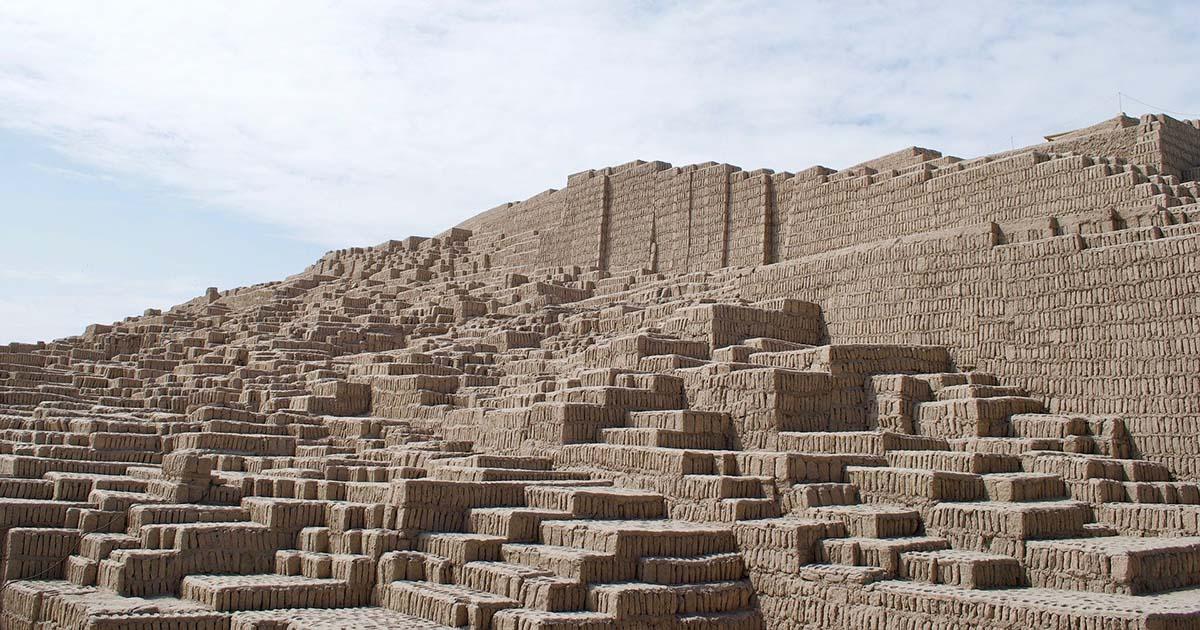
Among the many ancient ruins in Peru, travelers may not expect to find pyramids. Yet, right in the heart of the urban center of Lima sits Huaca Pucllana. (“Huaca” meaning “pyramid” or “temple” in Quechua). Now a grandiose and iconic structure, not too long ago we almost lost this archeological treasure to history. However, thanks to investigative and conservation efforts of the last several decades, generations to come will be able to enjoy and learn from this cultural Peruvian heritage.
*Cover photo by rdlncl on Pixabay.
The Lima culture occupied the central coast of Peru from 200 to 700 CE. They constructed Huaca Pucllana around 500 CE. At that time, what is now Lima was, rather surprisingly, rich farmland with intricate canals branching off from the Surco River. Among the Lima people, those who didn’t farm were mostly fishermen.
These first natives of Lima built the pyramid at the height of their reign in the region. For its construction, the Lima people used an intriguing method called the “library technique” (técnica de librero). This technique consists of laying adobe bricks vertically with spaces in between. With Lima’s seismic activity, the spaces allowed for the structure to absorb tremors of earthquakes. They also employed trapezoidal shapes, similar to ones seen at Machu Picchu, making their walls wider at the base than at the top for additional support.
Today we see the towering 82-foot tall principal pyramid surrounded by ramps, patios, and a lower main plaza. However, archeologists believe that Huaca Pucllana used to be much larger. Unfortunately, during the last century, modern residents have built over parts of these ancient Lima ruins.
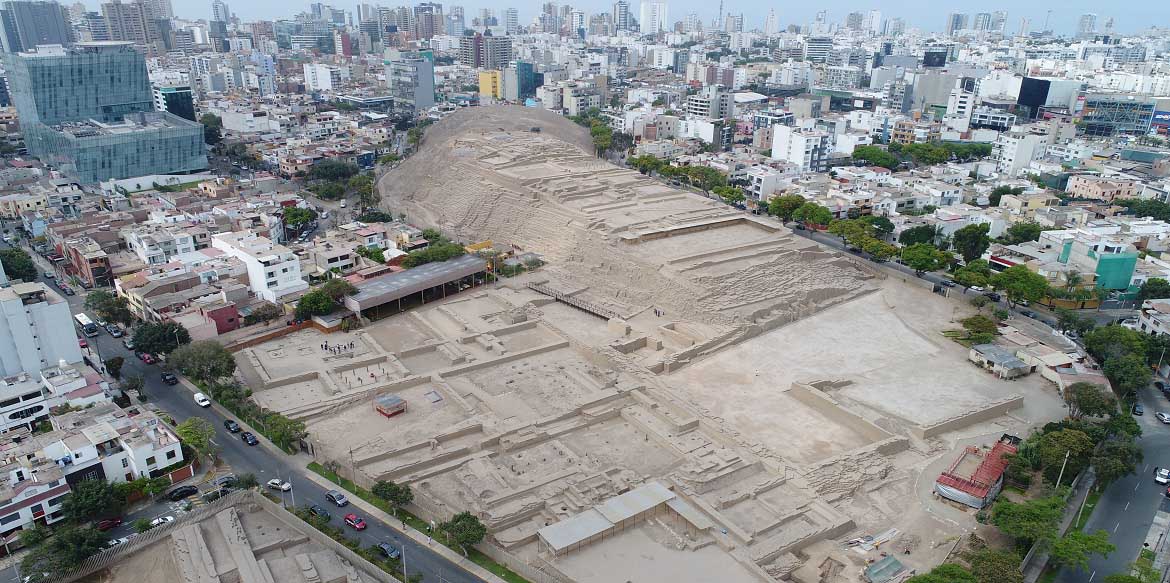
The Lima people mostly used the temple for ceremonial purposes. These ancient Peruvian ruins once hosted banquets, ritual smashings of large ceramic pots, as well as human sacrifices. Sacrifices were mostly young women, although archeologists also found the remains of some young men and boys.
During the 8th century, a new power was growing to the south of Lima around modern-day Ayacucho: the Wari culture. The Wari took over much of the central coast of Peru. They ruled over what was once Lima culture territory between 800-900 CE. Evidence suggests, though, that the Wari’s expansion was mostly peaceful, making alliances and deals rather than violently conquering.

Huaca Pucllana at this point had been ceremonially abandoned. The Lima culture had purposefully buried it, but the Wari dug into the top of the pyramid to use as a sacred burial place for their elite. Archeologists found the Wari’s deceased wrapped in beautifully woven textiles known as “funeral bundles” and funeral masks. The bodies also had buried with them objects that each person had used in life, which gave clues as to their occupation.
After the Wari, the next people to settle around Huaca Pucllana were the Ychsma culture from 1000 to 1532 CE. They, too, used the pyramid as a cemetery and a place for ritual offerings to their gods. Historians know this culture for its offerings of women-shaped ceramic pots, which were thought to replace human sacrifices. Archeologists found such ceramic pots during excavation.
Then, of course, the Spanish took over when Francisco Pizarro founded the city of Lima, Peru in 1535, three years after defeating the Inca leader Atahualpa in the Andes.
Lima Tours:
Huaca Pucllana was mostly forgotten until 1967. Up until then, construction in Lima went along as normal around and sometimes on top of the site. However, excavation really got going in 1981 when Dr. Isabel Flores Espinoza lead her team in intense investigation and conservation efforts. She also had the support of the Municipality of Miraflores and the Peruvian Ministry of Culture.
In 1984, Huaca Pucllana became a cultural heritage site. The same year, they inaugurated the exhibition hall displaying artifacts from the various cultures, as well as photos from the excavation. After that, tourists were able to visit the site and appreciate it in person for the first time in centuries.
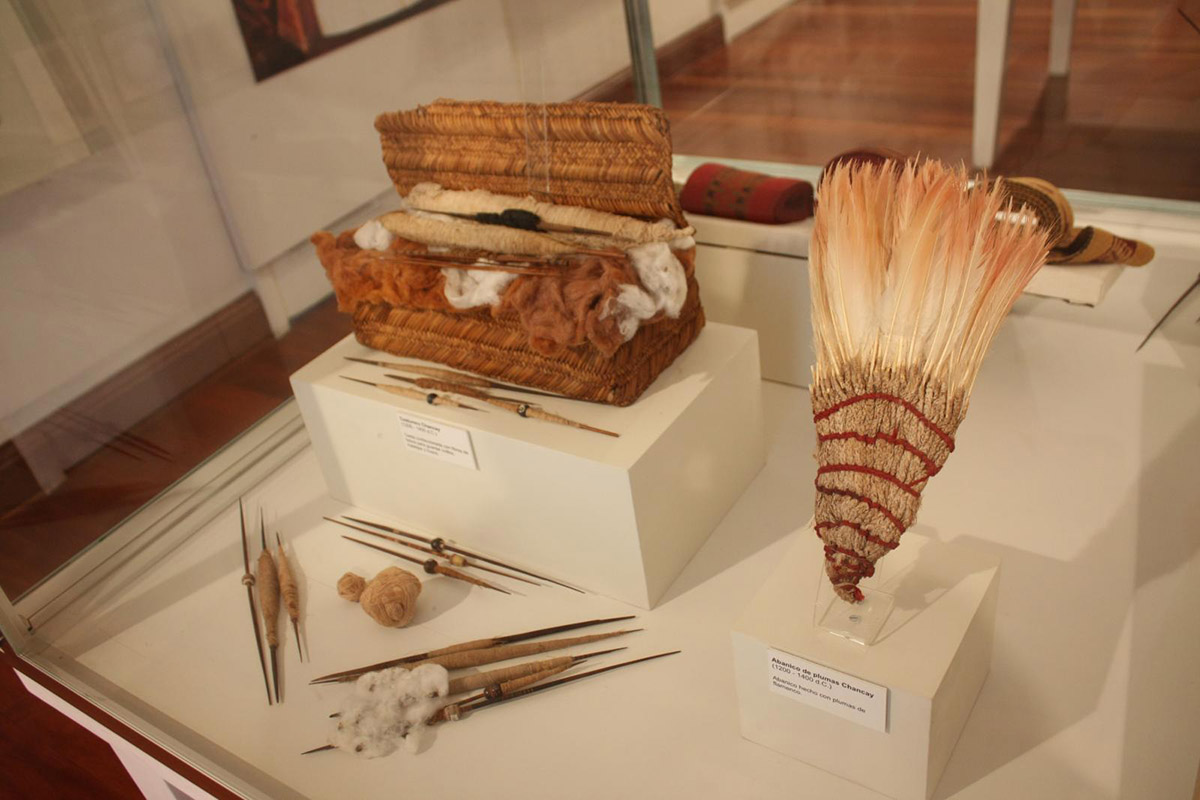
Apart from the exhibition hall, the Huaca Pucllana Museum established a circuit through the ancient ruins. Recreations of the rituals once held there can be viewed and there is even a section dedicated to local flora and fauna, such as the guayaba fruit and the guinea pig, or cuy in Quechua.
Huaca Pucllana is located on Calle General Borgoño on the edge of the fashionable Miraflores district. Miraflores is pedestrian-friendly, so those looking to walk can easily get there in about 35 minutes if your hotel is by the cliffside Malecón. For those with mobility concerns or who are looking to save time, you can call a taxi from your hotel and be there in 5-10 minutes.
City buses also run near the Huaca Pucllana temple. However, this requires a bit of Spanish to ask for directions and a tad bit more courage to hop on the often crowded vehicles.
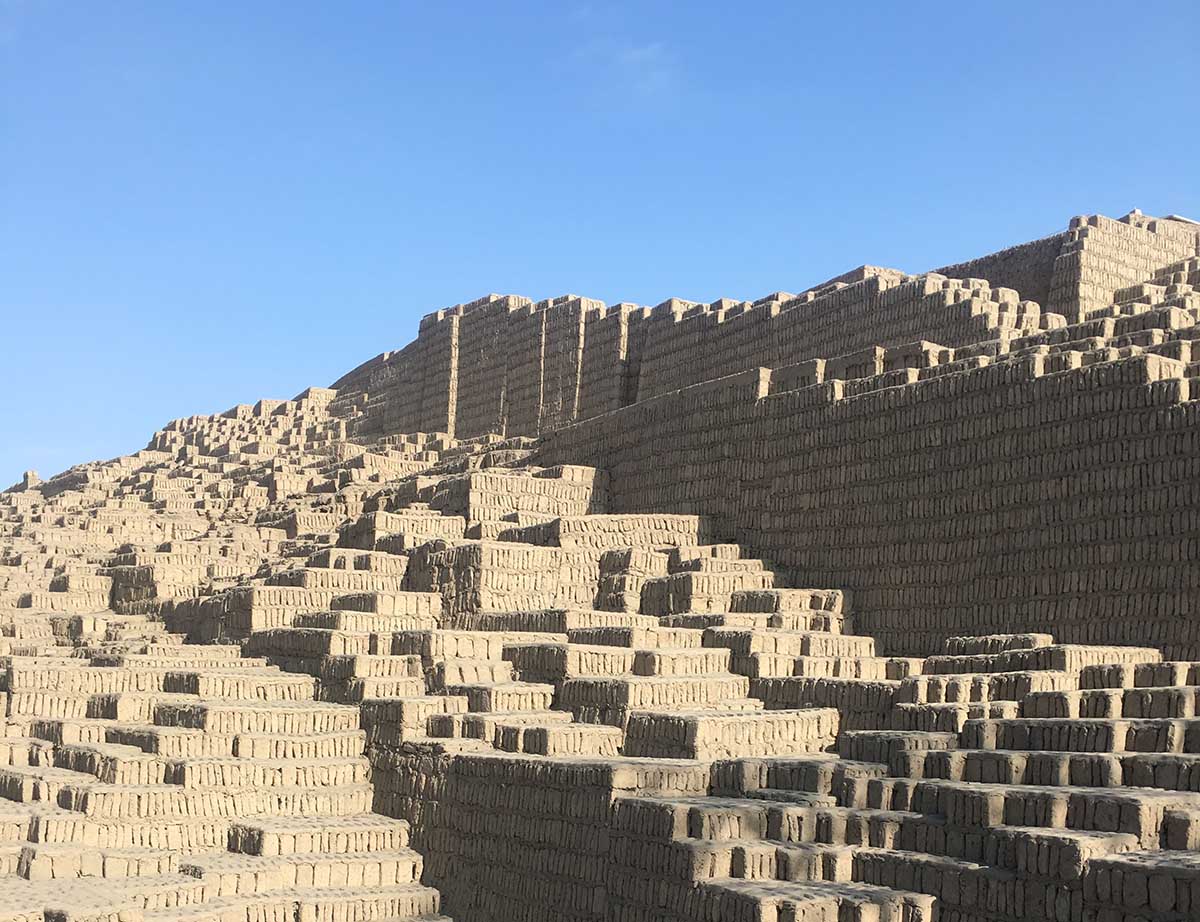
Huaca Pucllana is open from Wednesday to Monday, 9 am to 5 pm. The entrance fee for an adult is 15 soles (roughly USD 4.50). For children under 12, students, and teachers, the entrance is 7.50 soles (roughly USD 2.25).
There are also nocturnal hours Wednesday through Sunday from 7 pm until 10 pm. The cost during these hours is 17 soles (~ USD 5.15) and 8.50 (~USD 2.60) for children under 12 and the elderly.
Note that Peruvians are allowed entrance to the site for free on the first Sunday of every month, so crowds will probably be larger these days.
The site is closed on New Year’s Day, Holy Friday, May 1st (Labor Day), July 28th (Fiestas Patrias, or Peruvian independence day), Christmas Day, as well as election days.
A tour of the ruins is included in the entrance price in either English or Spanish. The tour doesn’t have set timeslots but rather is on a first come first serve basis. These tours last between 45 minutes and 1 hour 15 minutes.
You can also arrange a private Huaca Pucllana tour for a group of up to 20 people for an additional 30 soles (~ USD 9.00) per group. The same price goes for tour guides that speak other languages, including French, Italian, Portuguese, and Japanese.
Keep in mind that if you already have a tour of Lima planned, your tour guide may not be able to include a visit to Huaca Pucllana. Only guides certified by the Huaca Pucllana Museum are allowed to guide within the site.
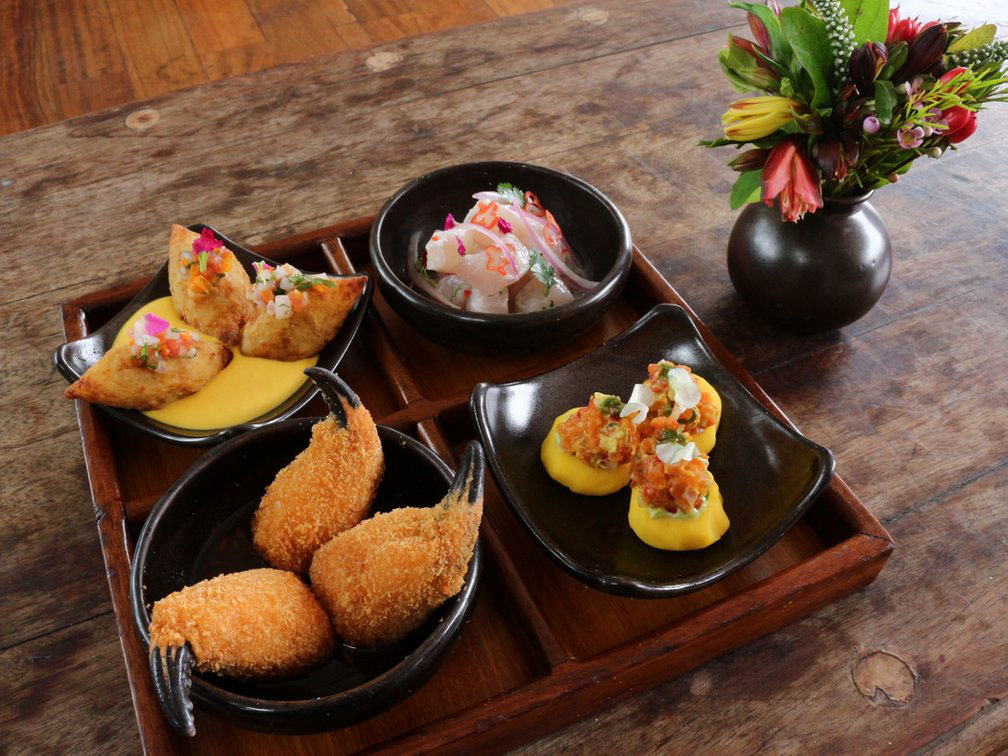
Just outside the Huaca Pucllana ruins is an exquisite restaurant conveniently named after the ancient Lima temple. Huaca Pucllana Restaurant masterfully mixes classic Peruvian flavors. The menu always includes a variety of local products, especially seafood and local vegetables.
If you’re planning to treat your tastebuds at this restaurant, be sure to get a reservation for dinner and request a table out on the terrace. This way you will be able to enjoy a spectacularly romantic view of Huaca Pucllana lit up at night.

Lima’s ancient pyramid is definitely a pleasant surprise when visiting the city. It shows how much more there is to the country than what the Incas left behind in Cusco and Machu Picchu. The site has such a rich cultural history that it is definitely a must-see for anyone visiting the capital. Whether you’re taking in the site by touring the inside or appreciating Peruvian cuisine at the restaurant outside, you won’t regret a stop at Huaca Pucllana.
If you need more ideas for your trip after visiting Huaca Pucllana, we have many more recommendations for things to do in Lima!
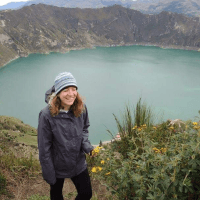
Family trips abroad gave Rachel an insatiable taste for foreign languages and cultures.
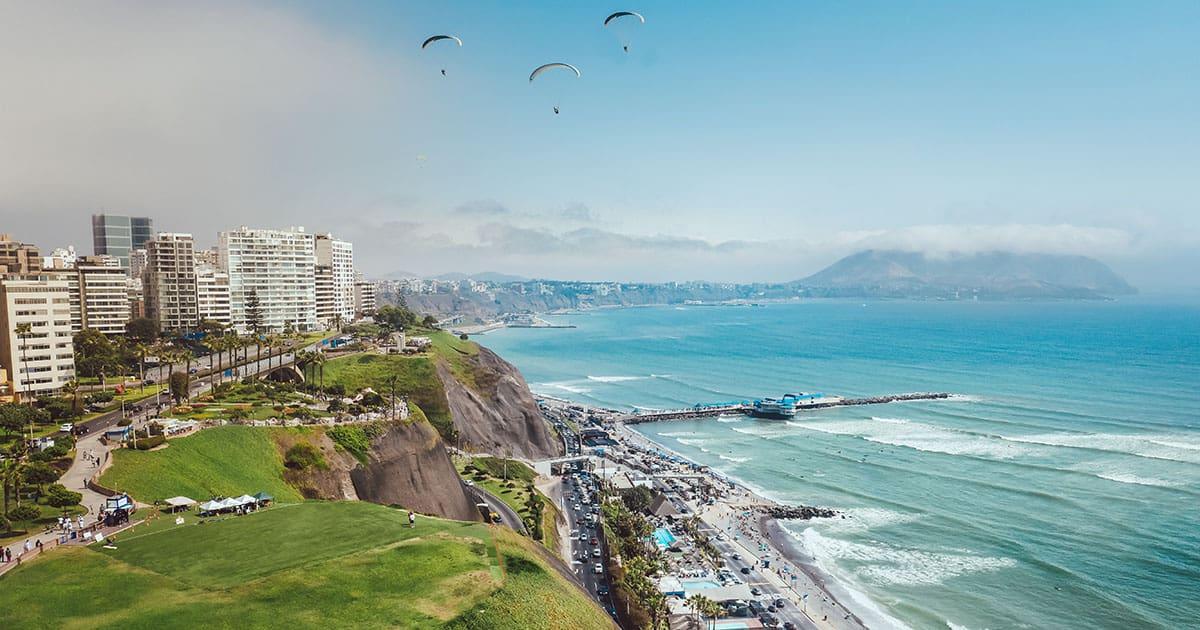
With so many things to do in Lima, you could spend days exploring Peru’s capital city. Lima is a bustling cosmopolitan center of art, culture, and cuisine.
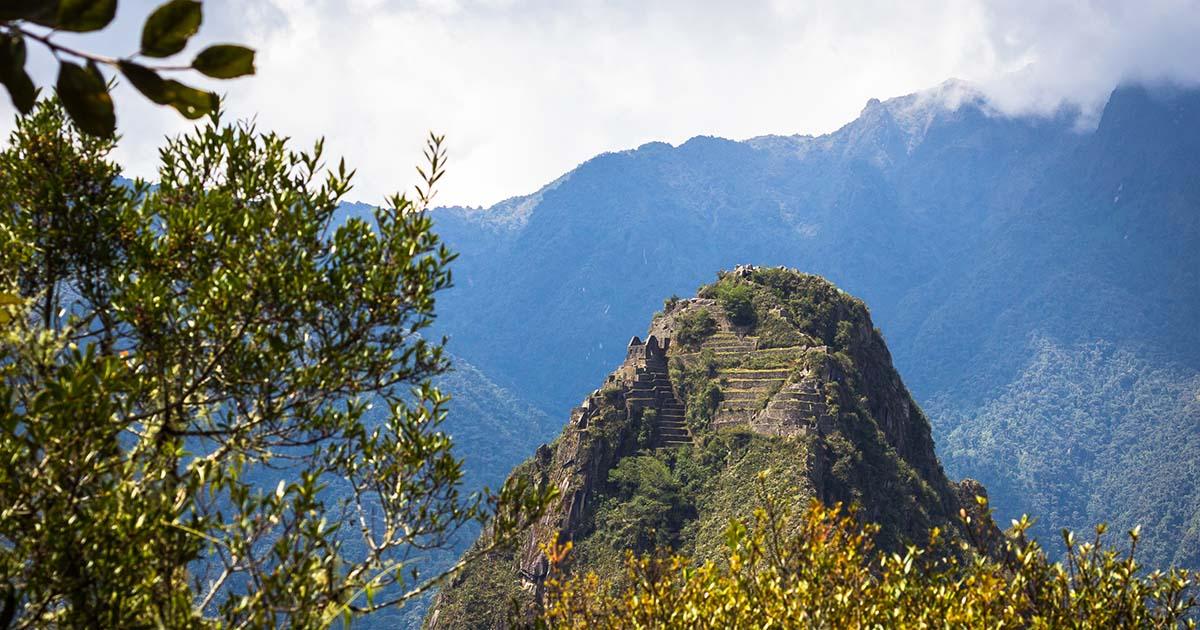
Huayna Picchu, which in Quechua roughly translates to “Young Peak,” is the majestic sugarloaf mountain that rests behind the northern side of Machu Picchu. Its dramatic shape and backdrop against the ruins are, in part, why Machu Picchu is so striking in appearance.